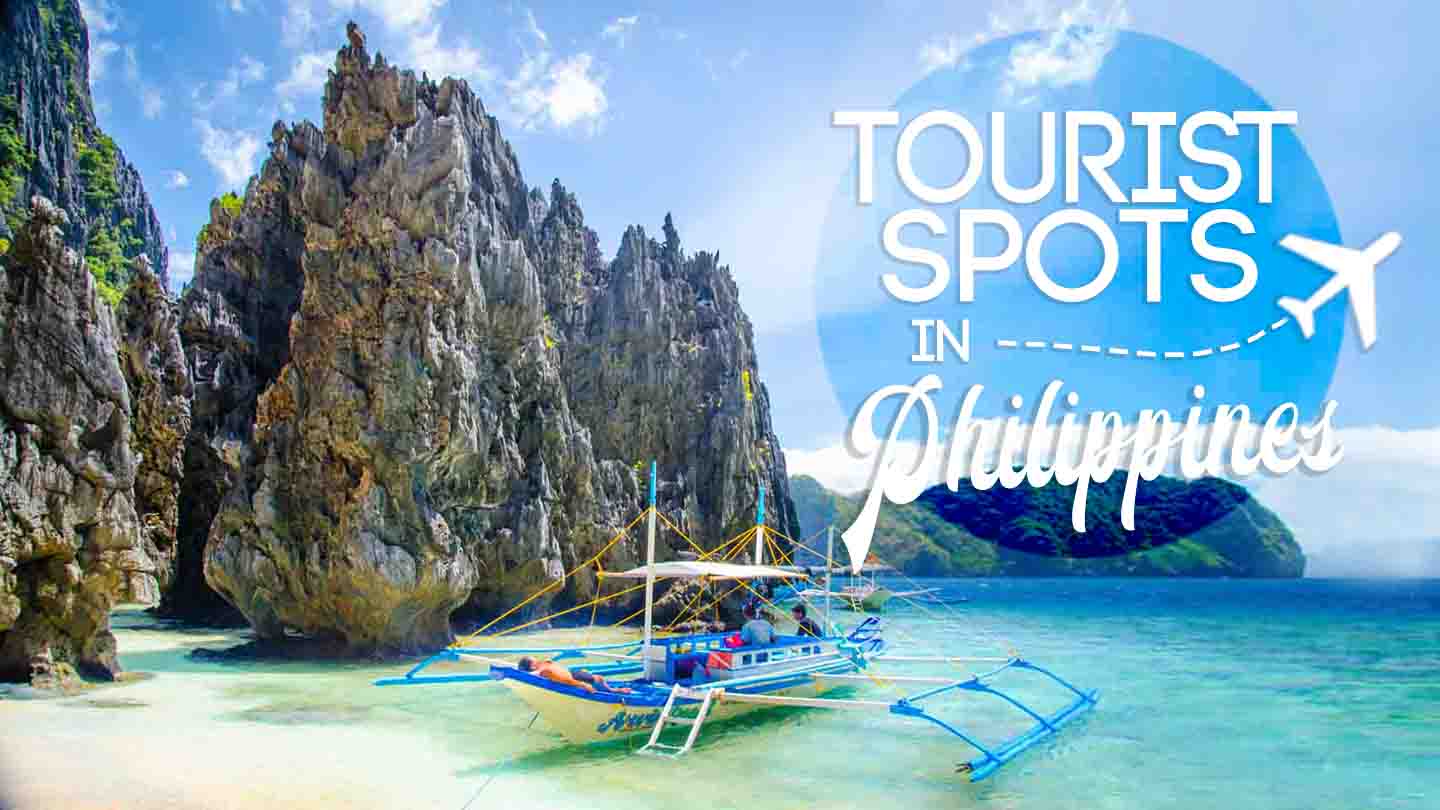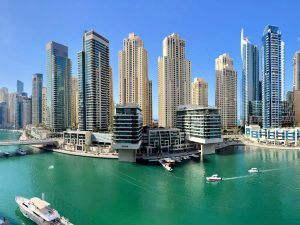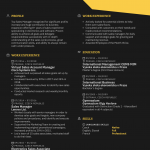How to Select a Tourist Destination
A Tourist Destination is an area that has both cultural and natural importance. For example, the Taj Mahal and Ankur Wat in Cambodia are culturally significant places to visit. Other areas include the Great Barrier Reef, Galapagos Islands, and the Great Wall of China. These areas have been designated by UNESCO as World Heritage Sites, indicating that they have significant historical, cultural, or scientific importance. In selecting a destination, consider the location, amenities, and branding.
Attractions
Tourist attractions are places that provide enjoyment, leisure, or education to visitors. These places often have historic or cultural significance, as well as natural beauty. They may offer amusement or leisure activities, such as museums or theme parks. These attractions may be located within or outside of the city or town itself.
Attractions are important for the economic well-being of a city or region. There are different types of attractions, each with a different purpose. Some are purpose-built for tourism, while others are natural. In the UK, there are various types of purpose-built attractions, including theme parks (Alton Towers and Disneyland), historic properties (such as Buckingham Palace), and wildlife attractions.
The popularity of a tourist destination is dependent on its attractions. In some places, the attractions may provide memorable experiences for an inexpensive admission fee, or they may provide free experiences. Others, however, overcharge for admission, food, and souvenirs. These places are known as tourist traps.
In addition to attractions, other factors that affect the attraction of a city are location, culture, and gastronomy. Those three factors play a vital role in attracting tourists. By addressing these three factors, a destination may stand out in the tourist industry and gain a competitive edge over its competitors.
Amenities
Amenities are important services that help visitors feel comfortable and safe. They also play a critical role in determining the overall experience of a tourist destination. These include roads and sidewalks, public washrooms, and emergency services. They also provide visitors with information about the area’s attractions and activities.
These attributes affect visitor satisfaction and attitudinal loyalty. These attributes also affect the location of new destinations, which are receiving more attention in Indonesia. Survey methods are used to collect data from relative new locations. Although accessibility does not directly affect visitor satisfaction, it is closely related to visitor satisfaction and loyalty.
Amenities of a tourist destination can be considered endogenous, as they support destination competitiveness. Tourists are the most apt candidates to evaluate endogenous amenities. For example, recent research conducted on foreign travellers in Italy shows that these amenities can be correlated with happiness and satisfaction. The researchers examined the mix of amenities, trip features, and personal characteristics to assess the impact on happiness and satisfaction. These findings point to the need for place-based policies to promote a tourist destination’s unique assets.
Amenities of a tourist destination play a crucial role in the success of a tourism destination. These include the infrastructure for a tourist’s stay, transport systems, and hotels. As tourists flock to a tourist area, businesses are able to capitalize on the increasing demand by improving their services. Once the area becomes a major tourist destination, it becomes a major center of commerce. This means more jobs, more businesses, and a higher quality of life.
Location
The location of a tourist destination has a great deal to do with its appeal. Many travelers are motivated to travel by an emotional or mental image of the place they are visiting. It might be the romantic fantasy that inspired their travels, or it could simply be the goods and services at the destination that appeals to them. For this reason, entire tourist destinations are being repositioned as experiences rather than mere goods and services.
The first step in preparing a tourist destination for development is to study the local characteristics. This will help destination developers and marketing managers anticipate what types of people will be visiting and what kinds of amenities will be most appealing to them. This may include studying local social relations, changing dress codes, and changing working and eating patterns.
When it comes to positioning, the destination should have a unique and memorable brand. This will allow the place to compete with other destinations. This can be achieved through the use of taglines and logos. It can also be achieved by creating a destination personality. This character will make the destination unique and distinguishable from other destinations in the region.
A tourist destination is any place that has the potential to attract a large number of tourists. This could be a large city or a small coastal resort. For example, Fatima town in Portugal is a popular tourist destination, as are the Angkor temples in Cambodia. Another popular destination is the Loire valley in France, which is home to the famous Chateaux of the Loire.
Branding
Branding a tourist destination is a powerful strategy to promote a tourism business. It helps to give a place its own personality and voice, which helps to make it relatable. A well-defined brand can attract the right audience and leave a lasting impression. The process of branding a tourist destination involves a number of steps.
The first step in destination branding is creating a vision and mission for the destination. It is also important to set goals and define the guiding strategy. The vision and mission of a destination should be based on the specific needs of its visitors. After all, the ultimate goal is to attract visitors, not merely retain them.
Throughout the branding process, different actors will play a crucial role in creating a destination’s image. The authors stress that proper coordination between all actors is essential. There are numerous challenges that need to be overcome by all parties involved in the branding process. However, the scientific literature demonstrates that a proper branding process can make a place attractive to tourists.
A destination’s branding strategy will be built on the same principles that drive successful branding for a business. This means determining the brand’s values and differentiators, and determining how to fulfill those values. Ultimately, a destination will have a more successful brand because it has a strong sense of its own identity.
Sustainability
Sustainability as a tourist destination is an increasingly important policy issue in the global tourism industry. Despite its high profile, sustainable tourism is not without its challenges. The concept of sustainability involves a wide range of aspects, including economic development, social conditions, and environmental impact. The key is to ensure a sustainable destination that attracts visitors while maintaining the environment.
There are three basic elements to consider in sustainable tourism policy research. These are physical characteristics of the destination, the direct effects of climate change, and the nature of public policy. Public policies must integrate sustainable tourism into other aspects of the economy and society. The resulting holistic approach is particularly relevant for the whole destination.
Sustainable tourism requires the creation of appropriate strategic plans. A case study in Spain shows how tourism development can coexist with sustainability. Spain has a long history of developing promotional campaigns and has transformed itself from a summer destination to a more diversified and sustainable tourist destination. In recent years, tourism development has become more competitive and sustainability is a key element in the process.
Moreover, sustainable tourism policy must address the needs and interests of stakeholders. These stakeholders must be involved in policy development and implementation. This is important, because tourism influences the power structure and values of a destination. Sustainable tourism policy development must consider the power relationships between stakeholders and government agencies. It is important to acknowledge that sustainable tourism policy development must take into account the balance between national interests and local interests.
In Ireland, biosecurity threats are a key concern for the tourism industry. Biosecurity threats can be vectored through tourists. Developing biosecurity plans is critical to safeguard the environment and human health.















